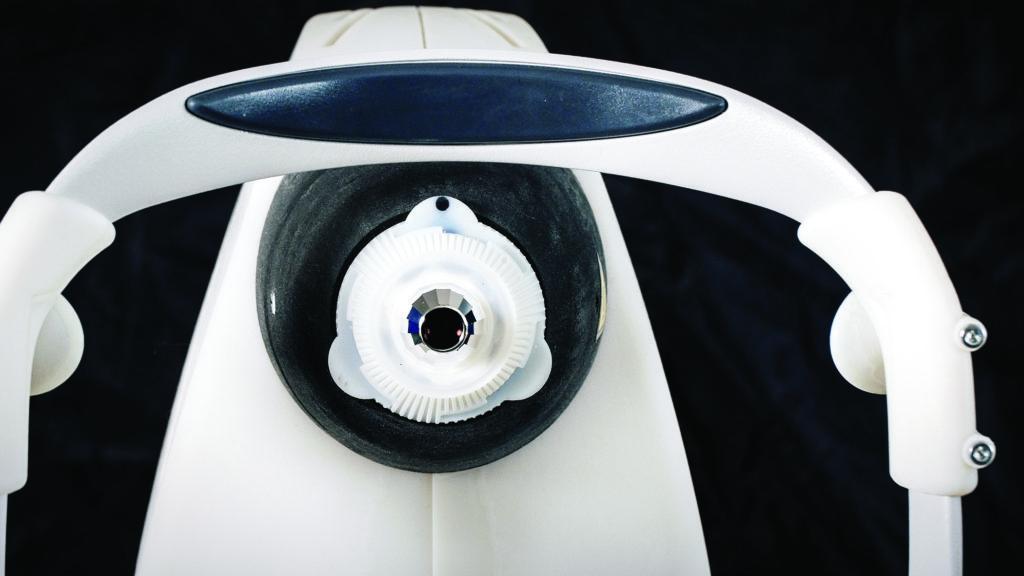Nidek Technologies, a producer of high tech ophthalmological diagnostic systems, recently needed to find a more efficient way of optimizing their prototyping process for the simple reason that it would help them bring their devices to market faster. Entering a device into a clinical trial is typically a very lengthy process that 3D printing can potentially accelerate and allow for innovation and greater efficiencies overall. Nidek’s use of PolyJet technology to create their Gonioscope device, specifically using the Object500 Connex3 with advanced materials such as Stratasys Rigur, allowed for some outstanding prototyping results and operational outcomes.
Prototyping for clinical trials can be a fascinating and challenging endeavor in such a fast paced and demanding environment. 3D printing is becoming an ever more prominent piece of the medical device clinical trial process, as medical devices are usually full of complex parts and intricate geometries that append the human body in ways that support and supplement each individual uniquely. I think you’ll find this case study particularly interesting as it highlights how 3D Printing tackles and supersedes the time constraints commonly associated with traditional prototyping methods, and highlights the use of materials that helped to mimic final parts.
It’s easy to see that medical applications for 3D printing are expanding rapidly and are expected to revolutionize health care across the board. 3D printing’s unique ability to provide the tools necessary to customize and test devices, as well as plan procedures, becomes remarkably timely in the context of today’s rapidly evolving healthcare environment.
article from Stratasys Blog JUL 20, 2017 8:20 AM


